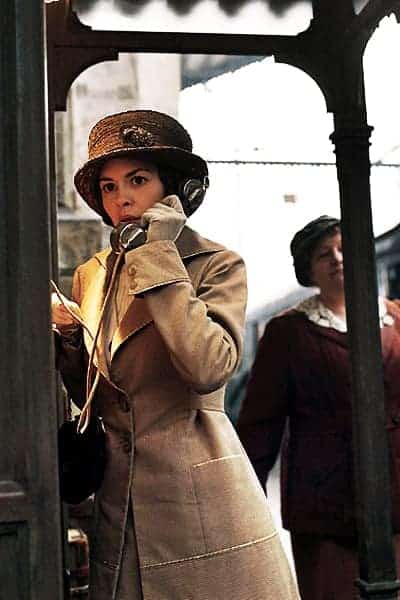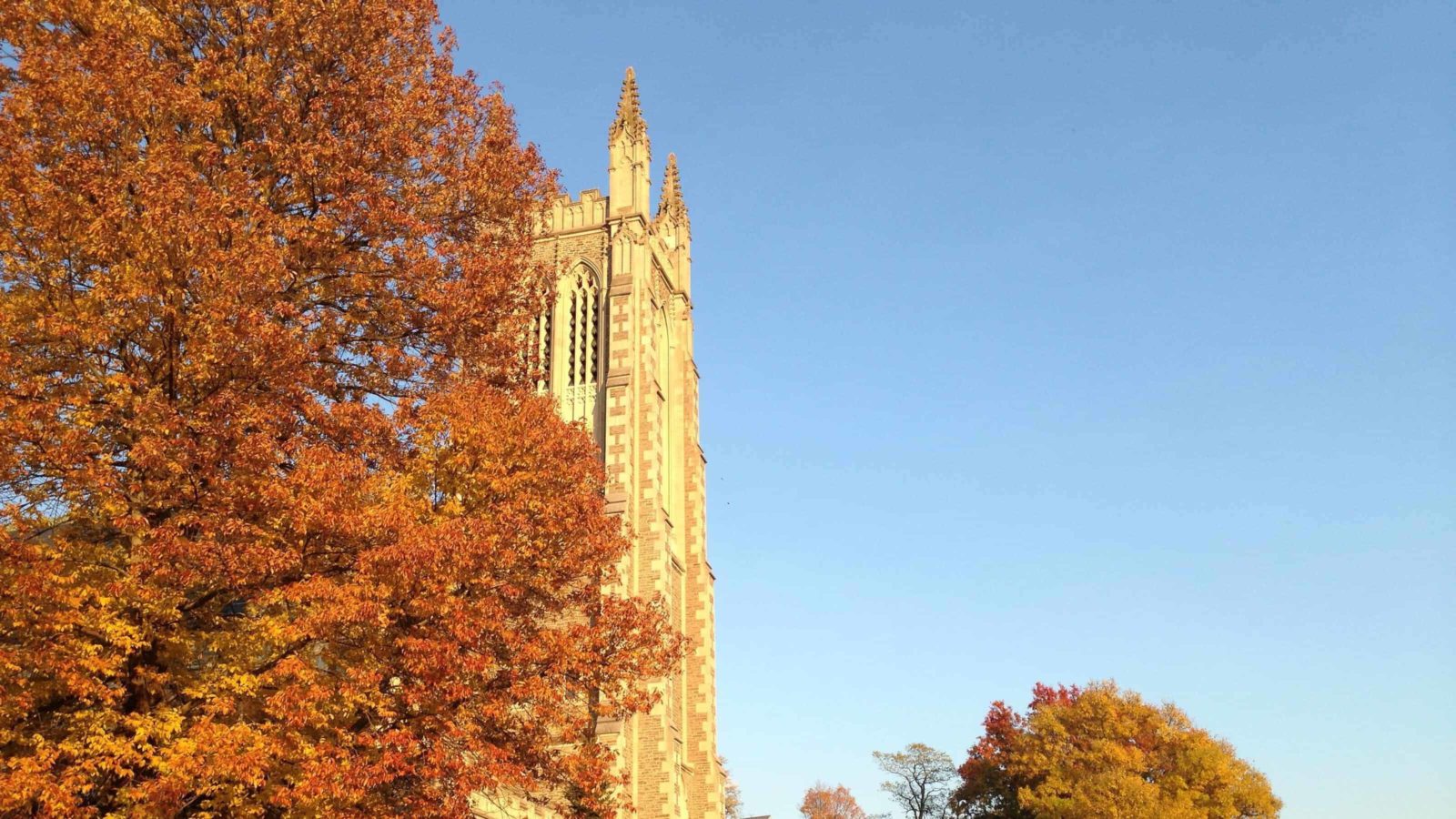On a late summer morning he walks across the quad carrying a stack of French novels. He is dark-haired, spectacled and 40, a quiet man returning to his office. He came here from a farming town in the south of France to teach. And a year ago he was mired in unending mud and battering artillery, where the muck walls were braced with shattered bodies and barbed wire. The air could fill with black smoke and liquid fire without warning. The noise never stopped. The mud stank.
Jean Norton Cru taught at Williams College for almost 40 years, with one break — from 1914 to 1918 he fought through the whole of World War I. Since then he has become known around the world for his writing on the war. But a hundred years ago he was a veteran trying to find his way back to his classroom.
“What did it mean to go back to school after you’d been demobilized,” after five years of violence, after killing and risking death, wonders professor Brian Joseph Martin.
World War I reshaped the world, Martin said. It has even reshaped Mount Greylock — the highest point in the state is the lighthouse on the summit dedicated as a memorial. But through the centennial of the war, he has not seen any local remembrances of it. So he and some of his colleagues at Williams have decided to create their own.
William College’s annual French Film Festival will honor the centennial with La Grande Guerre: Remembering the First World War, three recent films, all free at Images Cinema.

The French film A Very Long Engagement honors World War I in a film series at Images Cinema, co-sponsored by Williams College's French and German departments.
Martin, professor Helga Druxes in the German department and Jane Canova, Director of the college’s Center for Foreign Languages, Literatures and Cultures, have chosen three different perspectives from different times in the conflict.
The series will open with Christian Carion’s Joyeux Noël (2005), set during the Christmas truce. On Christmas eve and Christmas day, 1914, along the front the guns stopped firing. Soldiers left the trenches to play football and share food. They lit Christmas trees in no man’s land, the stretch between enemy lines usually filled with too many bodies to bury.
The film festival will begin a year-long tribute, professor Martin said, to a time that still has lasting effects.
“World War I changed everything,” he said, quoting professor Sally Charnow of Hofstra University.
The war lasted five years and killed more than 16 million people. At least four major empires fell in the war — the German, Austro-Hungarian, Russian and Ottoman. It redrew the map of the Middle East, Europe and Africa.
Yet when Martin teaches the time period, many of his students know little about it.
It was the first global conflict, he said. Russia, France and the United Kingdom faced Germany, Austro-Hungary and the Ottoman Turks. The allies drew in Italy, Japan and the U.S., and soldiers came from Australia and New Zealand, India, Algeria and Morocco …
The war led to uprisings in Ireland and Russia and the freeing of colonies across Africa and Asia. Women would get the vote in America and across Europe. The U.S. became a global power, and a middle and working class rose against an aristocracy that had dominated Europe for centuries. But the costs are uncountable.
These three films show a kind of hope, Martin said. They are rooted in an unexpected moment of peace and two love stories. They also show the brutal violence of this war in which advances in technology were used to kill — long-range artillery cannons, machine guns, flame throwers, mustard gas and chemicals, steel-hulled naval ships, submarines and airplanes, telegraph and telephone.
And they have no easy sense of right and wrong. On Feb. 19, in Jean-Pierre Jeunet’s A Very Long Engagement (2004), a French woman looking for her fiancé will uncover brutality in the French army.
François Ozon’s Frantz (2016), on Feb. 26, comes to a German village after the war. Everyone has lost family. And a young German woman, mourning her husband, sees a Frenchman lay flowers on his grave.
Two of the films move between German and French (all with subtitles), and 3all they come from the point of view of the people on the ground, the working-class men in the trenches and the woman who worked in factories and farms and waited for them to come home.
The centennial will continue in the spring and fall, Martin said, with guest speakers and a look at the war from Williams’ point of view.
In May, Chapin Library will open an exhibit from the archives of posters, books and artifacts and writing by Williams students and faculty who served in the war.
One of them wrote the book on the books. In 1922, Cru published Les Témoins, Witnesses, an essay and review of more than 304 memoirs of the war. He had served as an infantryman in the trenches, an interpreter and a liaison to Washington D.C. He knew the war from the inside.
So he read accounts and set down who wrote well and fairly, and who simplified or glorified the ugliness he had seen, or fell into nationalistic clichés. And he created a major source for anyone who wants to know about the period.
“Instead of writing his own memoirs,” Martin said, “he read every memoir in French and then published a literary review of them. It’s so thorough and so thick and comprehensive, it’s encyclopedic. It’s also controversial, because he judged them — this one’s overdramatic, or this one makes things up, because I was there.”
Cru saw the battle of Verdun. More than 700,000 men died in almost a year of fighting over 12 miles of city on the Meuse River.
He wrote letters to friends and colleagues and to the Williams Record: Dear students, I am sitting here, and the machine guns are firing, and I don’t know whether I will see you again.
And he returned to teach young men who had seen the same horrors. It brought him close to them, and to the ones who had not come back.
“I’m so moved by this guy,” Martin said. “He had my job.”
In the fall, Martin and his students walked across campus to Thompson Memorial Chapel. There, on the wall, they read the roll of the Williams students who served at the front. His students stood in silence, looking at the names of boys who once stood here. And he could feel them thinking. He was a sophomore. He was my age when he went. He was my age when he died.
He could be me.

